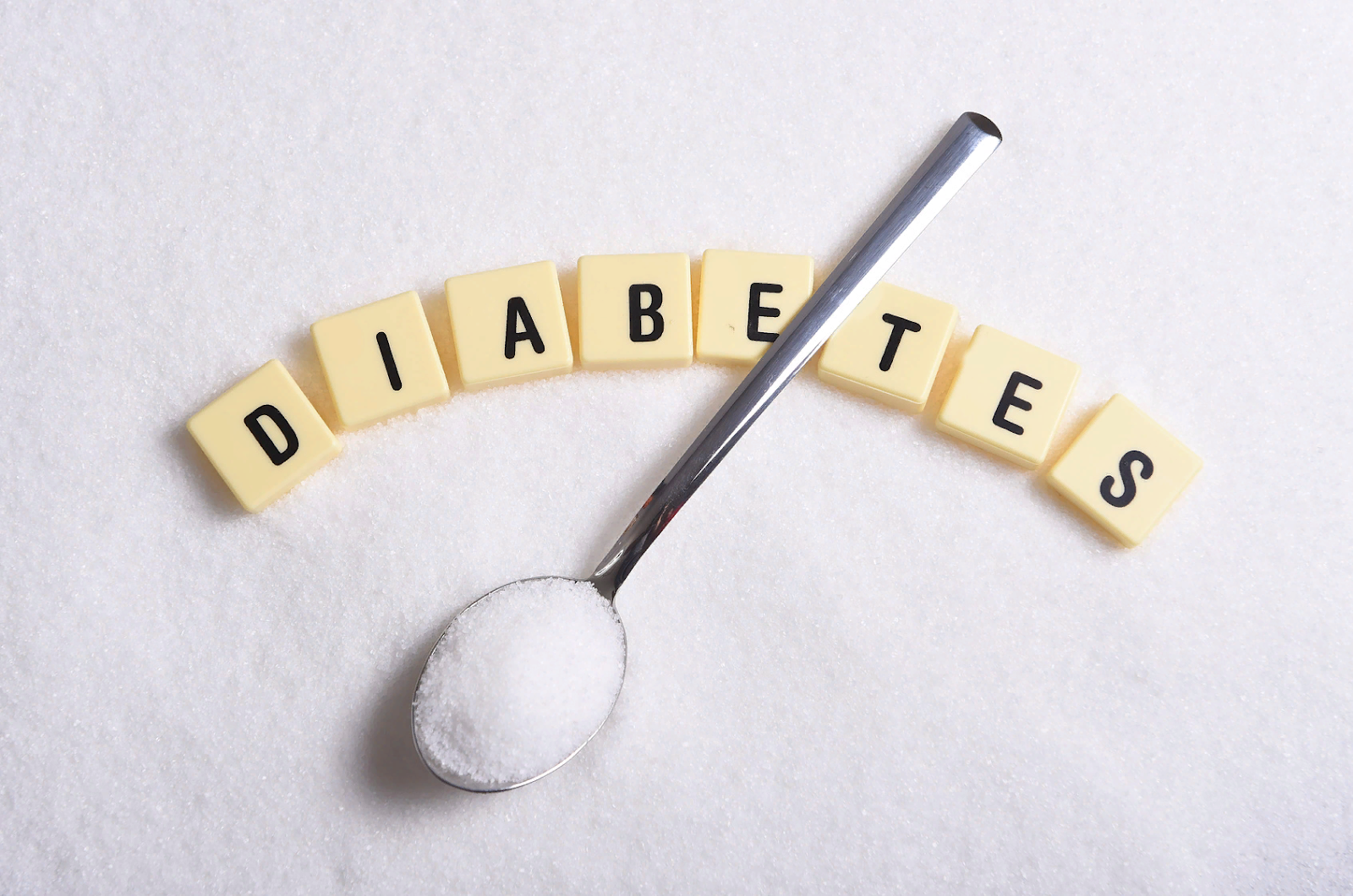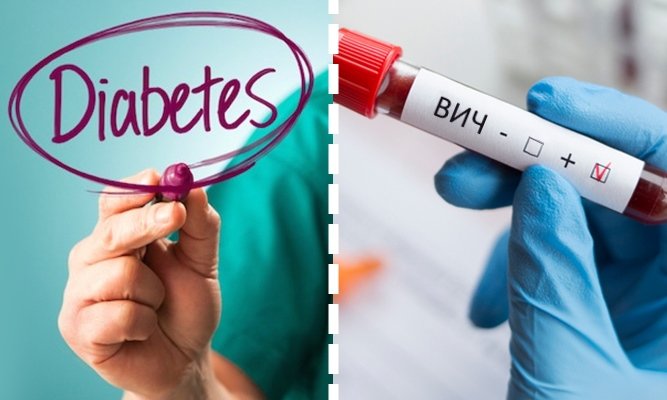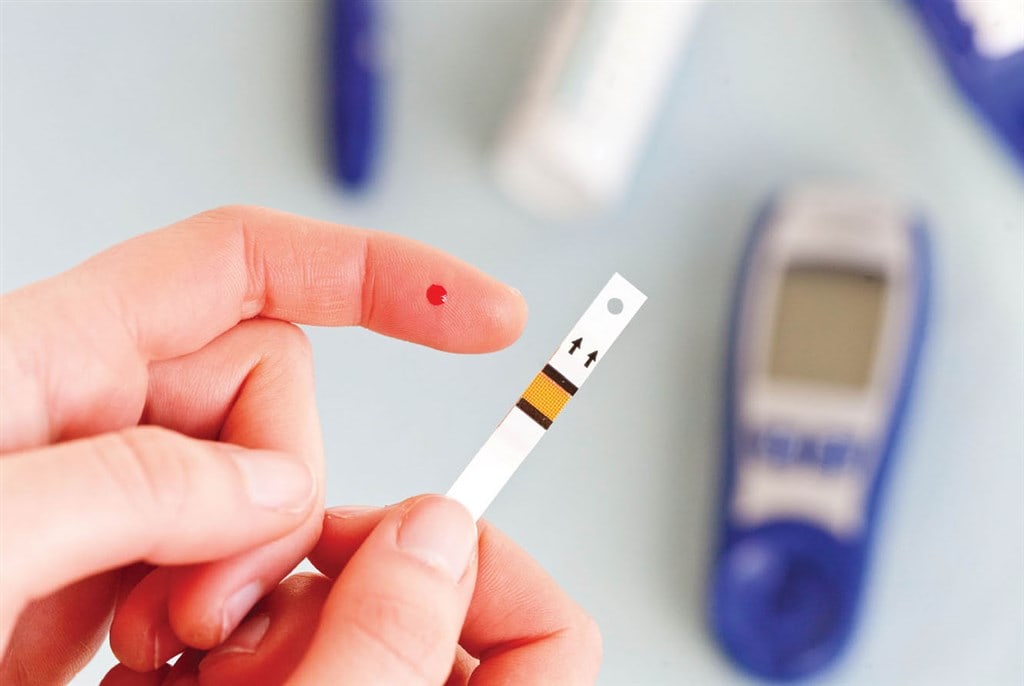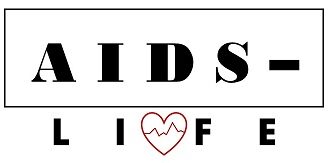Diabetes mellitus with HIV infection
Diabetes is a disease in which your blood glucose levels (also called blood sugar) are too high. Glucose is produced during the breakdown of foods consumed by humans and is the main source of energy.
Over time, diabetes can cause serious health problems, including heart disease, stroke, kidney disease, vision problems and damage to the nervous system. But fortunately, diabetes can be controlled through diet, physical activity and medication.
How does diabetes develop?

Blood carries glucose to cells throughout the body. The hormone that helps transport glucose into cells is called insulin. Once glucose enters the cells of the body, it begins to produce energy. But when it cannot penetrate the cells, glucose begins to accumulate in the blood, thereby triggering the development of diabetes.
There are two main types of diabetes: type 1 diabetes and type 2 diabetes. In type 1 diabetes, the body's immune system attacks and destroys the cells that produce insulin. Lack of insulin causes glucose to accumulate in the blood.
In type 2 diabetes, the body cannot produce enough insulin or use it to transport glucose into cells. Type 2 diabetes is more common than type 1 diabetes.
The symptoms of diabetes are as follows:
- increased thirst and dry mouth;
- frequent urination;
- constant feeling of hunger;
- sudden weight loss;
- fatigue;
- blurred vision;
- tingling or numbness in the arms or legs;
- non-healing wounds.
Also, diabetes can contribute to sexual problems in both men (erection problems) and women (vaginal dryness and other problems).
In the long term, uncontrolled diabetes increases the risk of developing heart disease, stroke and kidney disease.
Who's in danger?

People over 40 years of age, including people with HIV infection, are more likely to develop diabetes.
Genetic factors play a role in the development of type 2 diabetes. If a close family member (parent or sibling) has had diabetes or related conditions (such as high blood pressure), the risk of developing diabetes increases.
Age and genetic factors combine with lifestyle factors. People who are overweight or have a sedentary lifestyle are more likely to develop diabetes.
Also, people with HIV infection are most at risk of developing type 2 diabetes. In addition, some HIV medications can cause the development of type 2 diabetes.
Diabetes mellitus in people with HIV infection

The incidence of diabetes is higher in people with HIV infection than in the general population. Chronic inflammation (continued activation of the immune system) in response to HIV infection significantly increases the risk of developing diabetes. This dysfunctional immune system response can cause harm to the body's organs and systems. HIV treatment and a healthy lifestyle help reduce inflammation, but cannot completely eliminate it.
Also, some anti-HIV drugs can contribute to the development of diabetes. However, medications that increase the risk of diabetes include older medications, such as some nucleoside reverse transcriptase inhibitors (zidovudine, stavudine, and didanosine) and protease inhibitors (indinavir and lopinavir).
Diagnosis and treatment

People with HIV infection need to have their blood sugar levels checked before starting antiretroviral therapy for HIV. If the analysis shows an increased level of glucose in the blood, it is necessary to exclude certain drugs for the treatment of HIV infection that provoke the development of diabetes mellitus.
Also, while undergoing antiretroviral therapy against HIV, it is necessary to periodically take a blood test for glucose in order to monitor the condition of the body and the effect of drugs on it.
Treatment of diabetes mellitus in HIV infection involves developing a healthy eating and physical activity plan that will help reduce body weight.
Your doctor may also prescribe medication to either encourage your body to produce more insulin or to improve the use of your body's existing supply of insulin.
Some people with type 2 diabetes also need daily insulin injections.

People with HIV infection and diabetes mellitus are selected for comprehensive treatment with drugs for diabetes and HIV that do not interact with each other.
Remember that type 2 diabetes can often be controlled with a healthy diet and regular exercise. A healthy diet and daily physical activity help maintain a healthy weight, which has a positive effect on controlling diabetes and HIV infection.
If a person with HIV infection has type 2 diabetes, it is recommended:
- Eat a variety of foods, including vegetables, fruits, whole grains, lean meats, beans, and low-fat or low-fat dairy products;
- limit consumption of foods high in saturated fat (baked goods, fried foods, etc.), sugar and salt;
- lead a physically active lifestyle and play sports.
